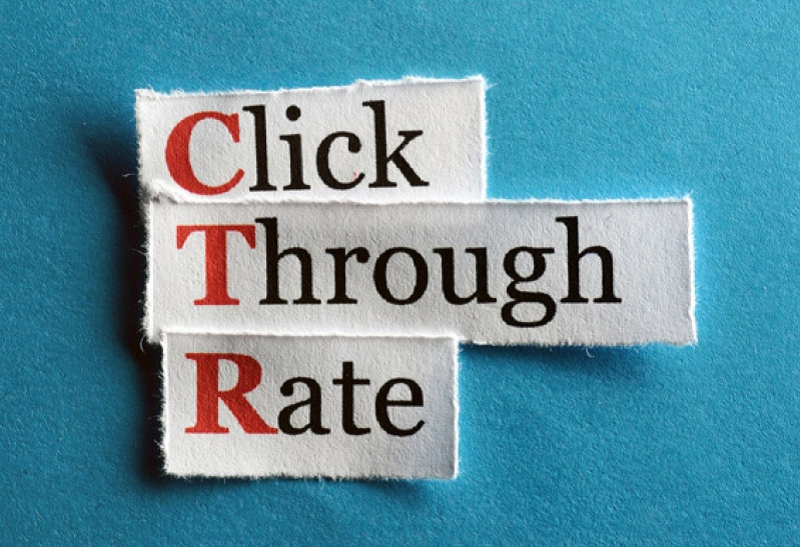
EMAIL MARKETING ANALYTICS: METRICS AND KPIS TO TRACK
Good email marketing is difficult and involves a lot of effort, but it’s not complicated. Yes, the competition is high and to stand out amidst the crowded and competitive markets, is another dilemma.
Campaigns do not start by making billions overnight—it takes a strong email marketing strategy and best practices. Before, it was very difficult to make a million-dollar business without a million-dollar capital. Today, groundbreaking innovations can be made by all walks of life.
More about Email Marketing
Currently, emails can generate more sales with over 50% and costs 33% less over other lead-generating channels. However, with more than 122 billion emails sent every hour, it is very important to outmatch the email marketing campaigns of your competitors.
You must have a strong edge to face the competition. Even if your products or services are of the highest quality, you still need to consider that not all attempts to ensure success. And this is why you should consider learning more about email marketing analytics.
Email marketing tracking is an essential part that should not be ignored by marketers. Learning to read and analyze your email marketing metrics and KPIs will help you better strategize and follow effective tactics. Specifically, also, email marketing KPIs (key performance indicators) will help you to identify areas for improvement.
Read on to find out the top email marketing metrics and (KPIs) that you should monitor in every email campaign you send.
1. Open Rate
Open rate is vital and simplest amongst the other metrics. It measures how many of your recipients “opened” or “viewed” the email. It is calculated by dividing the number of emails opened or viewed by the number of emails sent—excluding those that bounced.
The email is not counted as “opened” or “viewed” until one of the following takes place:
- The recipient clicks the images in the email.
- The recipient clicks on a link and interacts with the email.
Open rates can provide you with an insight into how successful your subject line is. For example, a study showed that when you use your recipient’s name on your subject line, your email is 26% more likely to be opened. Emoticons work too. Short and direct subject lines can increase your open rate as well.
Most email campaigns average slightly more than a 24% open rate according to experts. If your campaign scores a higher open rate than the average, then you are on the right track. Use it as leverage for your other email campaigns.

2. Click-Through Rate (CTR)
Click-through rates are also necessary to determine the performance of your campaigns. Like open rate, it is measured by the clicks on a link, call-to-action (CTA), or image. It is the percentage of recipients that have clicked a hypertext link from an email.
The average CTR for most campaigns is slightly more than 4% so it’s lower compared to open rates. But when you create an email, there are several ways to increase CTRs. You can add conspicuous CTAs, include clickable links in an appropriate place or offer a deal; discount; or a piece of useful content in exchange for a subscription.
3. Conversion Rate
This email marketing metric follows click-through rates. The conversation ratecalculates how many of your recipients completed an action after clicking a link.
One of the most popular strategies is to invite your recipient to join an ongoing sale with a promise of a coupon or voucher. If your recipient clicks on the link and purchases an item, then it is counted for conversion rate.
This metric gives you a visual insight on your ROI. When you are aware of your conversion rate, you can decide whether or not the campaign was worth spending your money on.
4. Bounce Rate
The bounce rate is the percentage (of email addresses) in your email list that didn’t receive your email because it was returned by the email service provider (ESP) of your recipient. There are two categories of email bounces: hard bounce and soft bounce.
Soft bounces are due to temporary problems with email addresses, but hard bounces are a result of permanent problems with email addresses. Minimizing your bounce rate can help you build a better sender reputation and your emails are more likely to be received by your recipients. You can do this by using tools like email verification.
Successful email marketing campaigns require verified emails to ensure good deliverability and higher open rates. Using marketing tools like email verification helps clean the email list.
5. Unsubscribe Rates
In every campaign, you should expect that some of your recipients will unsubscribe. The average unsubscribe rate is between 0.2% and 0.5% according to experts.
Email providers will inform you how many unsubscribed upon receiving an email from you. It is often displayed as a reporting number on each email campaign you send. You can use the reports as a basis to determine if a certain topic, subject line, or template caused the unsubscribe number—as this indicates of an unhappy or disinterested recipient.
6. List Growth Rate
List growth rate tracks the rate at which your email list is growing. You can calculate this by using the formula below:
The number of new subscribers minus the number of unsubscribes; divide that by the total number of email addresses on your list, and then multiply it by 100.
Focusing on ways to continuously grow your email list, engage and find new subscribers can help you overcome any attrition that may come your way.

7. Spam Complaints
Spam complaints are reports made by recipients when they don’t want an email in their inbox—this can be very discouraging to marketers. It is important to track your spam complaints to avoid any action taken against you by your provider like blocking your account.
Email providers usually track spam complaints on your behalf, but I suggest you also keep an eye on it from time to time to avoid technical discrepancies in the numbers.
8. Engagement Over Time
Engagement over time tells you what time of day is best to send emails. Email providers have automation that sends your emails based on your recipient’s behavior or trigger but measuring engagement over time tells you when to get the highest open rates and click-through rates for emails that are not automated.
9. The overall return on investment
A good ROI for any marketer should be 15% annually according to experts. Therefore, this overall ROI is the metric that every marketer should track. Below is the formula to calculate the ROI of your campaign:
Calculate the money you made in sales from the campaign minus the money you spent to execute the campaign; divide that by the money invested in the campaign, and then multiply it by 100.
Email marketing is proven to be the undefeated champion of all marketing channels. It will help you earn more than what you’ve spent—if done right.
10. Revenue Per Campaign
If ROI shows you the overall success, tracking the revenue per email shows you the individual success of your campaigns. This metric can help you determine the campaigns that are performing well and the campaigns that are bringing down your total ROI.
11. Email Sharing Rate
Email sharing rate applies to how many times a recipient shared your email via social media (excluding sharing email via email). The “Share this” button in your emails calculates this metric. You can find some helpful email benchmarks from this metric as well.
12. Mobile Open Rate and Click-Through Rate
Similar to their desktop alternative, the open rate and CTR for mobile devices are measured by the number of recipients who opened the email and clicked on a link.
According to experts, 55% of emails are opened from mobile devices. So, revamp your email templates to make it mobile-friendly—ensure that your emails are readable on any type of device so your recipients can easily access and read the contents of your emails. Avoid directing customers to multiple windows as it complicates your recipient’s browsing activity; make your engagement processes as easy as possible.
Takeaways
This guide will help you assess your overall success and help you make any alteration to your strategy. Just always keep in mind that the metric should provide: valuable data about your campaign, insights into your activity, and improves your focus on your marketing goals.
